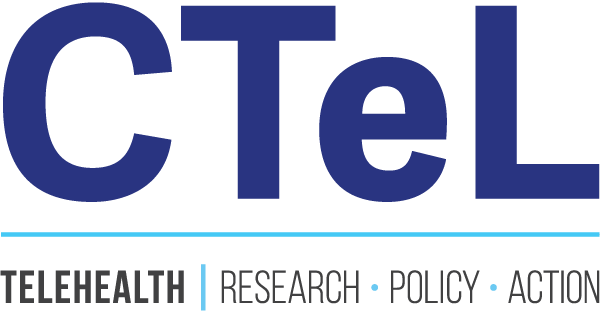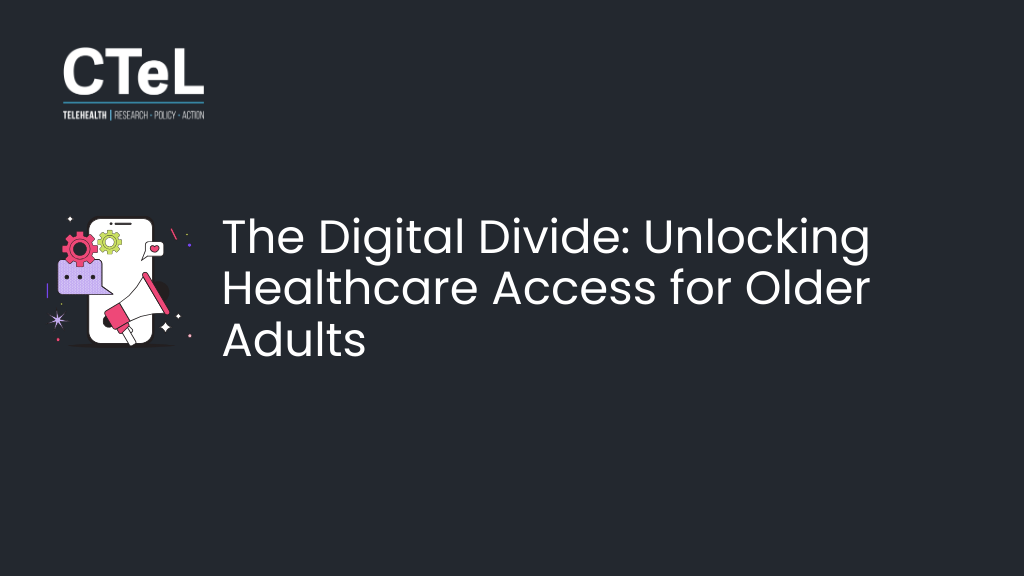The Digital Divide: Unlocking Healthcare Access for Older Adults
The promise of digital health to revolutionize healthcare delivery is immense. From telemedicine consultations to AI-powered diagnostics, technology offers a path to more accessible, efficient, and personalized care. However, a recent study published in the Journal of Medical Internet Research highlights a critical barrier to realizing this vision: low eHealth literacy, particularly among older adults. This research provides essential insights for health systems, providers, virtual care vendors, and technology developers, emphasizing that the successful adoption of digital health tools is not just about innovation, but also about inclusion.
A study conducted in Thailand and published in July 2025, titled "Low Prevalence of Adequate eHealth Literacy and Willingness to Use Telemedicine Among Older Adults: Cross-Sectional Study From a Middle-Income Country," investigated the prevalence of eHealth literacy and the willingness to use telemedicine among different age groups. The findings are a wake-up call, revealing a significant gap in digital readiness between younger and older populations that has profound implications for the future of healthcare.
Key Findings from the Study
The cross-sectional study, which surveyed 400 participants at a major hospital in Bangkok, found that a staggering 74% of older adults (aged 60 and over) had inadequate eHealth literacy, compared to just 22.7% of younger adults. This disparity was also reflected in their willingness to use telemedicine, with younger adults being more than twice as likely to be interested in using such services.
Several factors were identified as being strongly associated with a willingness to use telemedicine:
eHealth Literacy: Individuals with adequate eHealth literacy were 4.45 times more likely to be interested in using telemedicine.
Confidence in Security: A belief in the security of telemedicine platforms was a powerful motivator, increasing interest by a factor of 5.90.
Perceived Convenience: Those who saw telemedicine as more convenient than in-person visits were 5.43 times more likely to be willing to use it.
The study also delved into the specific challenges faced by older adults. Many reported a lack of confidence in their ability to find and apply health information from the internet to make health decisions. Furthermore, non-technological concerns, such as the desire for a physical examination and worries about the adequacy of treatment and information received, were significant deterrents.
Why This Matters for CTeL Members
These findings have direct implications for the entire digital health ecosystem. For innovation to translate into improved health outcomes, it must be accessible to and usable by all segments of the population, especially those with the greatest health needs, such as older adults.
Health Systems and Providers: The study underscores the need to move beyond simply offering digital health options. Healthcare organizations must actively assess and address the eHealth literacy of their patient populations. This could involve:
Implementing screening tools to identify patients who may need additional support.
Developing patient education programs and resources to improve digital skills and build confidence.
Integrating support from "digital navigators" or trained staff who can assist patients in using new technologies.
Virtual Care Vendors and AI Tech Companies: For technology to be adopted, it must be designed with the end-user in mind. This research highlights the importance of:
User-centered design: Creating interfaces that are intuitive, easy to navigate, and accommodate potential age-related challenges like visual or hearing impairments.
Building trust: Clearly communicating security and privacy measures to alleviate user concerns.
Demonstrating value: Designing solutions that offer clear advantages in convenience and effectiveness to motivate adoption.
The Path Forward: A Call for Inclusive Innovation
The challenges identified in the study are not insurmountable. The authors suggest that with adequate support and training, older adults can become proficient in using technology. This points to a crucial need for collaborative efforts to bridge the digital divide.
One promising approach is the development of intergenerational eHealth literacy programs, where younger, more tech-savvy individuals can help educate older adults. Such programs not only transfer skills but also build a supportive community around digital health adoption.
Furthermore, as digital health continues to evolve, there is a growing consensus on the need for policies that promote digital inclusion. This includes ensuring affordable internet access and developing national strategies to enhance digital literacy across all age groups.
The study by Sainimnuan et al. serves as a critical reminder that the digital transformation of healthcare must be a human-centered endeavor. By focusing on improving eHealth literacy and designing inclusive technologies, we can ensure that the benefits of digital health are accessible to everyone, leading to a more equitable and effective healthcare system for all.
References
Sainimnuan, S., Preedachitkul, R., Petchthai, P., Paokantarakorn, Y., Siriussawakul, A., & Srinonprasert, V. (2025). Low Prevalence of Adequate eHealth Literacy and Willingness to Use Telemedicine Among Older Adults: Cross-Sectional Study From a Middle-Income Country. Journal of Medical Internet Research, 27, e65380. https://www.jmir.org/2025/1/e65380


